I have an example of a noise source, but the specific device is unimportant to the fundamental aspect of this question. I'm trying to measure it's level with an industry standardised method so that I can share and compare it in a meaningful way.
I can't imagine how to arrive at a singular figure such as Vrms. I used a digital 1 GSa/s oscilloscope with the 20 MHz bandwidth limiter set on. I got:-
mVrms Sa/S Depth
----- ---- -----
155 25 M 6 k
236 250 k 6 k
382 25 M 600 k
457 250 k 600 k
By virtue of the sampling theorem, I sampled the noise at 12.5 MHz and 125 kHz (trying to stay well away from the 20 MHz limiter). I also varied the memory depth between 6,000 and 600,000 samples. Vrms seems very much related to both settings. I measured a 'range' of ~3x for Vrms (457 mV - 155 mV).
It seemed easier with the old (green screen) analogue scopes. The had infinite horizontal resolution. I seem to be able to 'select' the Vrms I want when using a digital scope. (Is this progress?) A simple RMS value seems to exclude all concepts of crucial sample depth/sample rate. And different scopes have different sample depths/rates.
Q. How do I measure an 'industry standardised' noise Vrms that I can share with other people, given that Vrms ~ digital scope settings? What scope settings?
Supplemental:
It seems that you don't. Ti's note How to measure LDO noise suggests that spectrum analysers are used instead. I don't have a spectrum analyser.
I've seen Measuring noise with an oscilloscope, How to measure broadband noise (unanswered) and How to calculate RMS of total noise from digital Oscilloscope (FFT)? , but they don't seem to address the point of noise readings being related to scope settings.
Hope this isn't too much stuff, but these are the relevant screen shots for exactly the same noise source:-



